Scientists Invented Fabric That Makes Electricity From Motion And Sunlight. To Create The Fabric, Researchers
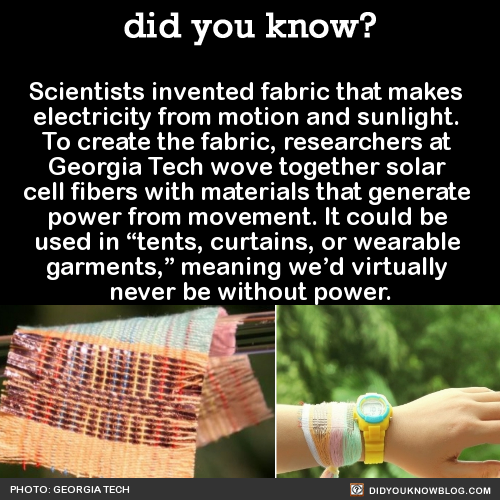
Scientists invented fabric that makes electricity from motion and sunlight. To create the fabric, researchers at Georgia Tech wove together solar cell fibers with materials that generate power from movement. It could be used in “tents, curtains, or wearable garments,” meaning we’d virtually never be without power. Source
More Posts from Maevetheeuropan and Others

It’s super shitty quality but here it is!
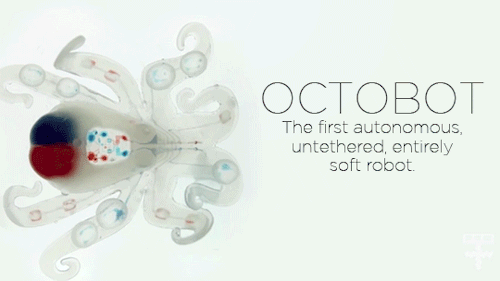
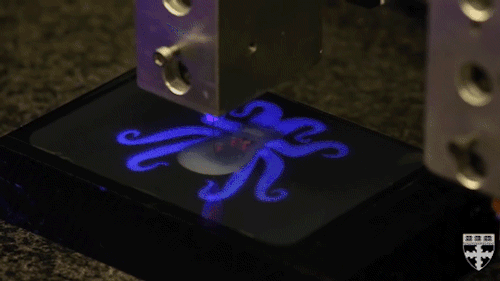
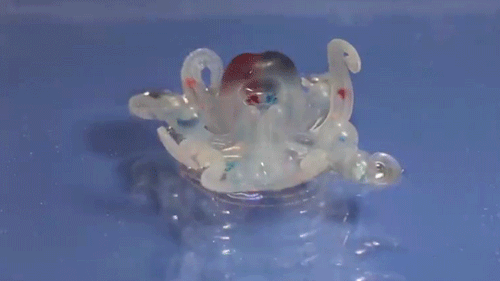
Creepy or adorable? Researchers at Harvard University have demonstrated the first autonomous, untethered, entirely soft robot: the octobot.
Instead of being controlled by electronics, the robot’s logic board is powered by chemical reactions and fluid passing along tiny channels. Scientist have struggled to create completely soft robots because rigid components like circuit boards, power sources and electronic controls are difficult to replace.
Learn more about the octobot and soft robotics here and see the full study published in Nature here.
Videos Credit: Harvard SEAS/Image Credit Lori Sanders
Okay now that I’m starting to get my ass in gear for astrophotography, I’d love it if some of y’all sated my need for attention and followed my instagram! I will return the favor of course
It’s mostly just space pictures, dogs, me, hiking stuff and lab stuff

People can’t anticipate how much they’ll miss the natural world until they are deprived of it. I have read about submarine crewmen who haunt the sonar room, listening to whale songs and colonies of snapping shrimp. Submarine captains dispense “periscope liberty” - a chance to gaze at clouds and birds and coastlines - and remind themselves that the natural world still exists. I once met a man who told me that after landing in Christchurch, New Zealand, after a winter at the South Pole research station, he and his companions spent a couple of days just wandering around staring in awe at flowers and trees. At one point, one of them spotted a woman pushing a stroller. “A baby!” he shouted, and they all rushed across the street to see. The woman turned the stroller and ran. Nothing tops space as a barren, unnatural environment. Astronauts who had no prior interest in gardening spend hours tending experimental greenhouses. “They are our love,” said cosmonaut Vladislav Volkov of the tiny flax plants - with which they shared the confines of Salyut 1, the first Soviet space station. At least in orbit, you can look out the window and see the natural world below. On a Mars mission, once astronauts lose sight of Earth, they’ll be nothing to see outside the window. “You’ll be bathed in permanent sunlight, so you won’t even see any stars,” astronaut Andy Thomas explained to me. “All you’ll see is black.”
Mary Roach. Packing for Mars: The Curious Science of Life in the Void.
This is a really interesting read - it’s got a lot of information that I would never have thought to think of (such as - will astronauts eyeballs become different shapes without gravity - weird), but it also has really good chapters about the psychology of space.
(via psycholar)
this is wonderful - and def something I've thought about!
Stories of Your Life is weeeeeiird
But good. Ted Chiang sort of feels like the new Borges - sort of.
(The film Arrival is based on one of the stories in this book)

pretty much
Morning on Mars
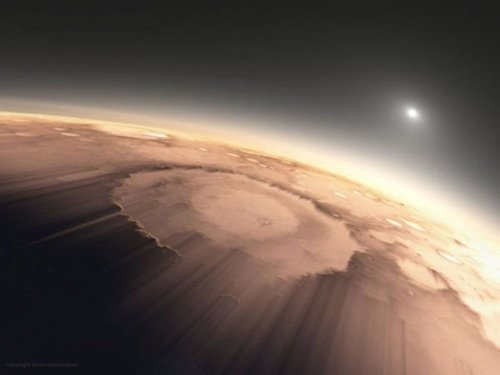
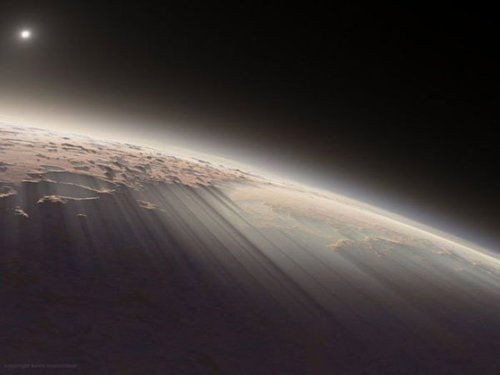
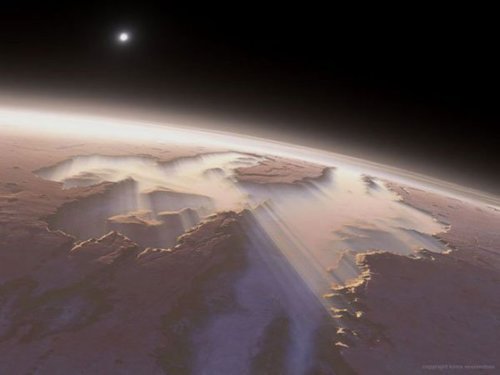
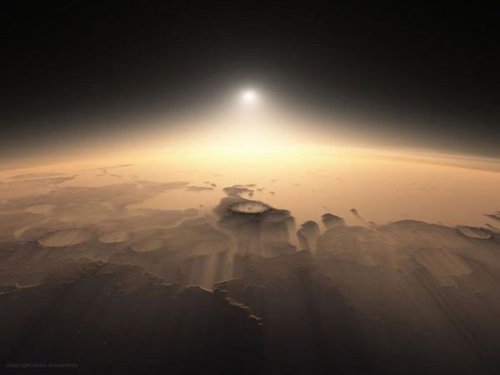
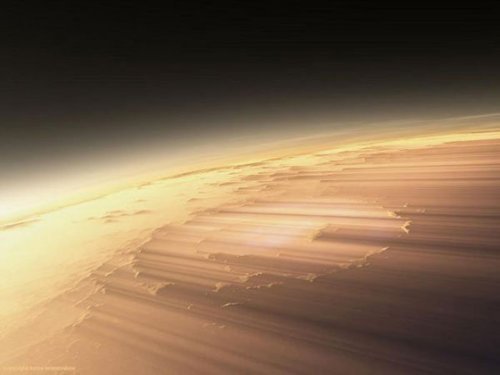
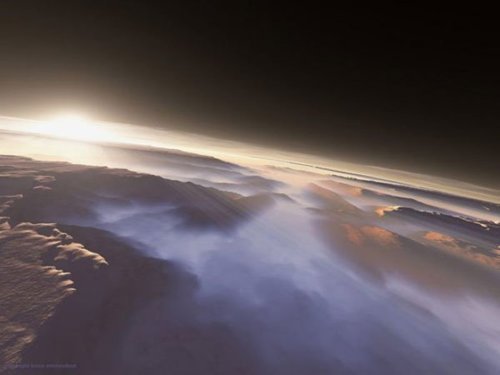
6 Martian sunrises, as seen by the HiRISE orbiter. Once again, not artist’s renditions.
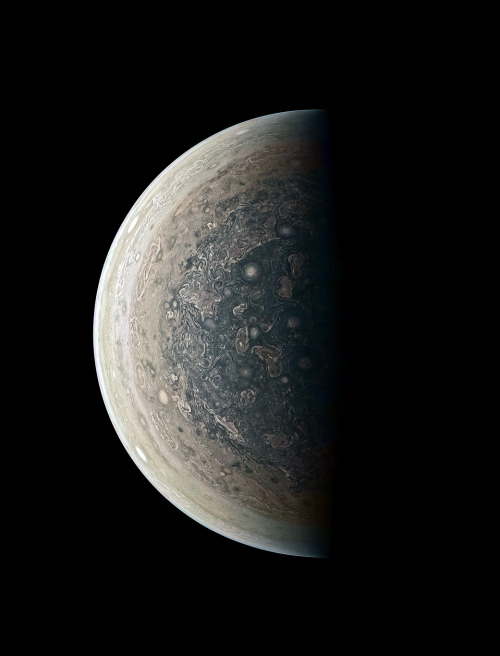
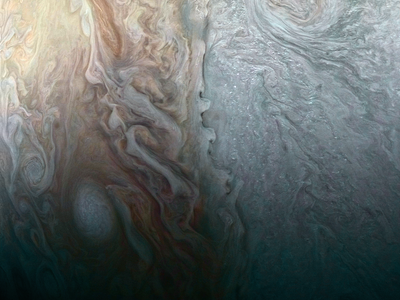



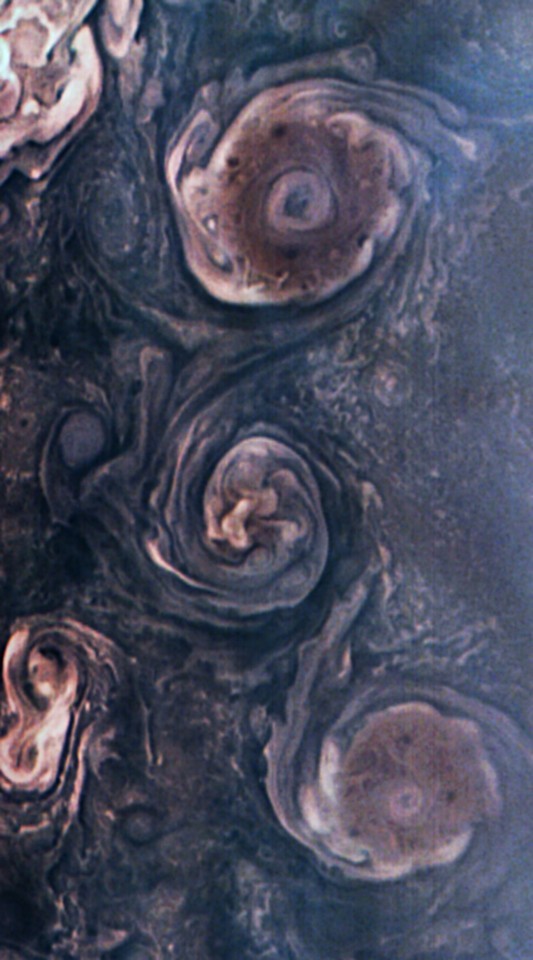



Images of Jupiter taken by JunoCam on NASA’s Juno spacecraft.

Mission Juno
Juno is a NASA spacecraft. It is exploring the planet Jupiter. Juno launched from Earth in 2011. It reached Jupiter in 2016. That was a five-year trip!
The name “Juno” comes from stories told by the Romans long ago. In the stories, Juno was the wife of Jupiter. Jupiter hid behind clouds so no one could see him causing trouble. But Juno could see through the clouds.
Juno has science tools to study Jupiter’s atmosphere. (The atmosphere is the layer of gases around a planet.) Juno will take the first pictures of Jupiter’s poles. The spacecraft will study the lights around Jupiter’s north and south poles, too.
Juno will help scientists understand how Jupiter was made. The spacecraft will help them learn how Jupiter has changed, too. The new discoveries can help us understand more about our solar system.
Sound of Jupiter’s Magnetosphere: Click here
Credit: NASA / JPL-Caltech / Mission Juno / Jason Major / Luca Fornaciari / Gerald Eichstädt
so this happened
-
 orchidellee liked this · 2 weeks ago
orchidellee liked this · 2 weeks ago -
 darksoulshumanity reblogged this · 2 weeks ago
darksoulshumanity reblogged this · 2 weeks ago -
 gnaumish liked this · 4 weeks ago
gnaumish liked this · 4 weeks ago -
 lucsmax liked this · 1 month ago
lucsmax liked this · 1 month ago -
 pagappa liked this · 1 month ago
pagappa liked this · 1 month ago -
 beesabuzzininthefields reblogged this · 2 months ago
beesabuzzininthefields reblogged this · 2 months ago -
 beesabuzzininthefields liked this · 2 months ago
beesabuzzininthefields liked this · 2 months ago -
 anaconda-creates liked this · 3 months ago
anaconda-creates liked this · 3 months ago -
 chaos-deimos-et-eris liked this · 3 months ago
chaos-deimos-et-eris liked this · 3 months ago -
 fundiscrimination liked this · 4 months ago
fundiscrimination liked this · 4 months ago -
 1012537429 reblogged this · 4 months ago
1012537429 reblogged this · 4 months ago -
 jokersjinx reblogged this · 4 months ago
jokersjinx reblogged this · 4 months ago -
 jokersjinx liked this · 4 months ago
jokersjinx liked this · 4 months ago -
 archerygun liked this · 4 months ago
archerygun liked this · 4 months ago -
 thewirewitch reblogged this · 4 months ago
thewirewitch reblogged this · 4 months ago -
 thewirewitch liked this · 4 months ago
thewirewitch liked this · 4 months ago -
 ace-in-a-very-distressing-hole reblogged this · 4 months ago
ace-in-a-very-distressing-hole reblogged this · 4 months ago -
 ace-in-a-very-distressing-hole liked this · 4 months ago
ace-in-a-very-distressing-hole liked this · 4 months ago -
 verdantirony reblogged this · 4 months ago
verdantirony reblogged this · 4 months ago -
 verdantirony liked this · 4 months ago
verdantirony liked this · 4 months ago -
 calico-in-the-forest reblogged this · 4 months ago
calico-in-the-forest reblogged this · 4 months ago -
 doctorsnod reblogged this · 4 months ago
doctorsnod reblogged this · 4 months ago -
 doctorsnod liked this · 4 months ago
doctorsnod liked this · 4 months ago -
 vintage-vermin reblogged this · 4 months ago
vintage-vermin reblogged this · 4 months ago -
 vintage-vermin liked this · 4 months ago
vintage-vermin liked this · 4 months ago -
 subunit-a liked this · 4 months ago
subunit-a liked this · 4 months ago -
 foggyeyezz liked this · 4 months ago
foggyeyezz liked this · 4 months ago -
 heybuddythatsnotok reblogged this · 4 months ago
heybuddythatsnotok reblogged this · 4 months ago -
 mecub reblogged this · 4 months ago
mecub reblogged this · 4 months ago -
 mecub liked this · 4 months ago
mecub liked this · 4 months ago -
 soul-sparx reblogged this · 4 months ago
soul-sparx reblogged this · 4 months ago -
 the-beard-of-edward-teach reblogged this · 4 months ago
the-beard-of-edward-teach reblogged this · 4 months ago -
 the-beard-of-edward-teach liked this · 4 months ago
the-beard-of-edward-teach liked this · 4 months ago -
 origami-butterfly reblogged this · 4 months ago
origami-butterfly reblogged this · 4 months ago -
 origami-butterfly liked this · 4 months ago
origami-butterfly liked this · 4 months ago -
 writingraccoon reblogged this · 4 months ago
writingraccoon reblogged this · 4 months ago -
 automatonwithautonomy reblogged this · 4 months ago
automatonwithautonomy reblogged this · 4 months ago -
 pyxxie-nyxxie reblogged this · 4 months ago
pyxxie-nyxxie reblogged this · 4 months ago -
 unkajosh liked this · 4 months ago
unkajosh liked this · 4 months ago -
 manlyderp liked this · 4 months ago
manlyderp liked this · 4 months ago -
 parasite-of-sentience reblogged this · 4 months ago
parasite-of-sentience reblogged this · 4 months ago -
 parasite-of-sentience liked this · 4 months ago
parasite-of-sentience liked this · 4 months ago -
 gwendolyn-of-loxley reblogged this · 4 months ago
gwendolyn-of-loxley reblogged this · 4 months ago -
 gwendolyn-of-loxley liked this · 4 months ago
gwendolyn-of-loxley liked this · 4 months ago -
 erant91 liked this · 4 months ago
erant91 liked this · 4 months ago -
 samus-arans-sweaty-pits-n-balls reblogged this · 4 months ago
samus-arans-sweaty-pits-n-balls reblogged this · 4 months ago -
 samus-arans-sweaty-pits-n-balls liked this · 4 months ago
samus-arans-sweaty-pits-n-balls liked this · 4 months ago -
 cinnabun-eepy liked this · 4 months ago
cinnabun-eepy liked this · 4 months ago